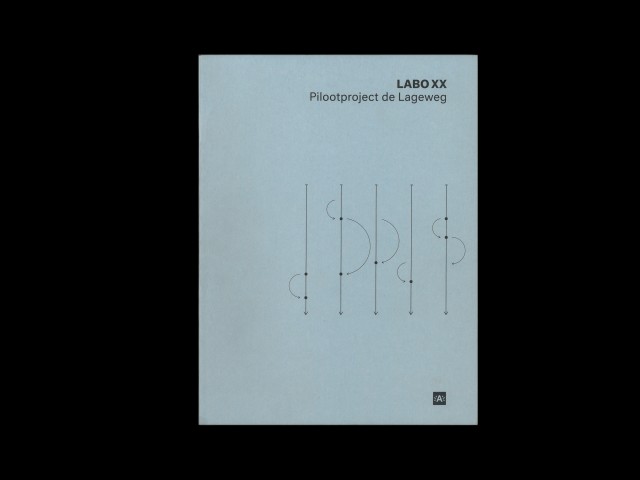
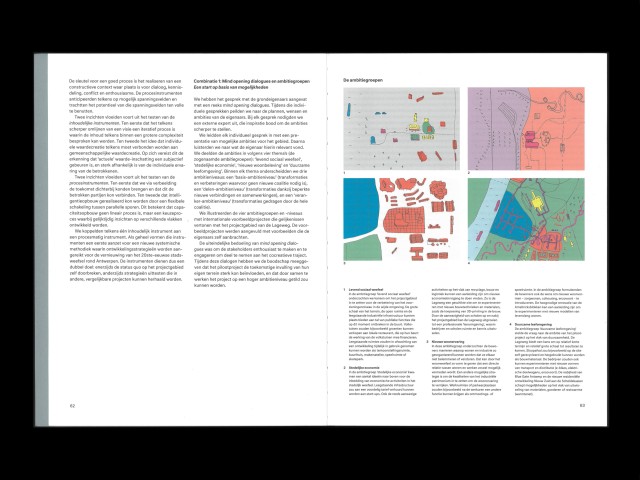
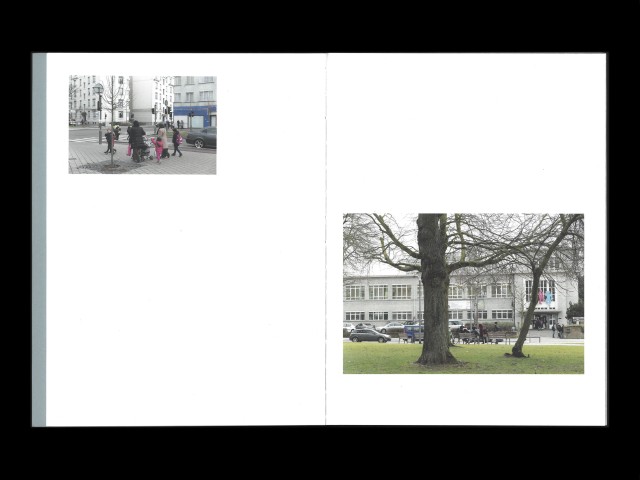
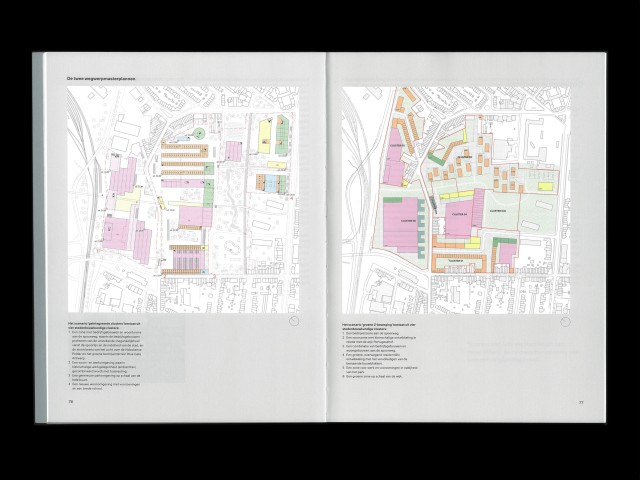
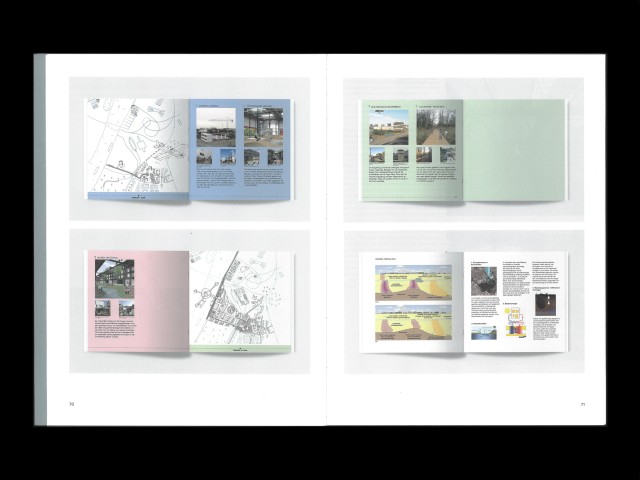
Labo XX Pilotproject de Lageweg
Veva Roesems, Isabelle Verhaert, Dieter Leyssen, Jan De Visch, Freek Persyn e.a
Date: 2015
Publisher: Patricia De Somer, City of Antwerp
ISBN: 9789082634129
280 X 213 mm, 127 pages, English and Dutch
The challenge for the Lageweg pilot project consisted in bringing about a coalition of policymakers, landowners, investors and other social actors. Our hypothesis was the following: by setting to work from the start with the available capital and the available actors, we would increase the likelihood of a qualitative, mixed development that was rooted in the neighbourhood. What method makes it possible to involve everyone and to activate the available capital? What instruments can we use to forge a robust coalition that is capable of achieving a financially healthy and qualitative urban renewal project?
The approach taken with the Lageweg pilot project differs from urban renewal projects of a comparable size. Collaboration with the available actors has been done before, under the name of ‘participation’, but was mostly limited to the consultation of a broad field of parties concerned. In such an approach, experts, after extensive studies, put forward solutions, which the involved parties then get the chance to respond to. Such a consultation round often only happens late in the process, at a moment when many decisions have already been taken. In the Lageweg we are experimenting with a different approach. The parties concerned were not ‘consulted’, but instigated to dialogue, creativity, doubt and conflict.
The collaborative model rests on other starting points: making connections between the owners, integrating progressive insight, bringing about mutual trust, contributing according to one’s means, and supervising the quality of the process organization. In this model, solutions can no longer be developed in isolation. The traditional work method of the architect or urban planner who conceives a harmonious plan and implements it step by step does not work, because we are dealing with a highly fragmented property structure.
The method rests moreover on complex relations between different specializations and sectors and between different interests and perspectives. This heightens the complexity of the problem, since it is necessary to integrate different fields of expertise in a coherent whole and at the same time to take stock of all these different perspectives throughout the process.
To make this complexity manageable, we tested a series of instruments that attempt to establish new pairings between the different specializations in the project, between the various opinions and interests, and between different temporal perspectives. By means of these instruments we were able to test and reinforce the coalition. Which proposals resonate, which ones do not? Which concepts reinforce the coalition, which ones do not? Which principles of urban development is the group familiar with, and which questions demand more detailed explanations?
Dieter Leyssen, from ‘Method and instruments’